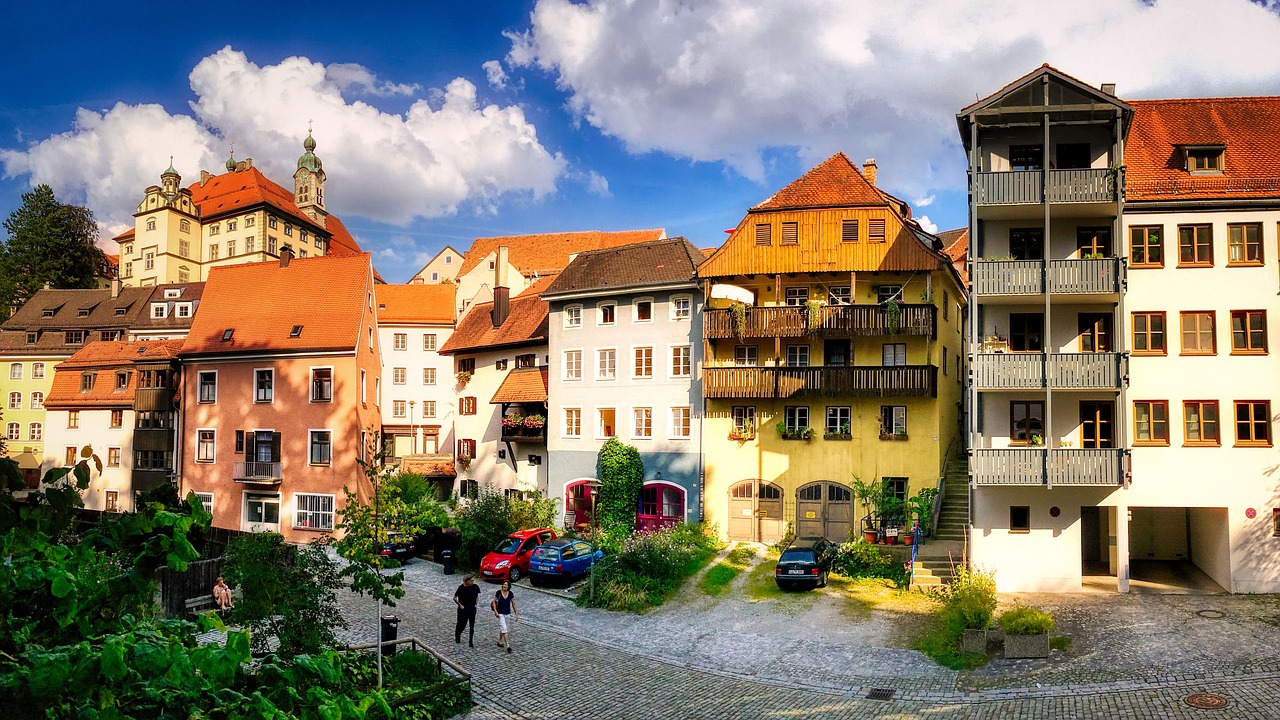Travel and Traditional Home Construction Techniques
Ancient traditional home construction techniques offer a plethora of benefits when incorporated into travel destinations. Not only do they enhance the architectural landscape and provide a sense of cultural authenticity, but they also contribute to sustainable practices. By utilizing locally sourced materials and designs passed down through generations, these techniques promote a harmonious relationship with the environment and ensure that historical craftsmanship is preserved for future generations to appreciate and admire.
Furthermore, the incorporation of traditional home construction techniques adds a layer of cultural significance to travel destinations. Visitors are given the opportunity to immerse themselves in the rich history and traditions of a place through the structures they encounter. This experiential aspect of travel can create a deeper connection with the destination and foster a greater appreciation for the craftsmanship and ingenuity of past generations. Ultimately, these traditional techniques serve as a bridge between the past and the present, allowing travelers to not only witness history but to become a part of it as well.
Examples of Traditional Home Construction Techniques Around the World
One traditional home construction technique found around the world is the use of adobe bricks. In regions like South America, the Middle East, and Africa, adobe bricks are made by mixing clay, sand, water, and sometimes straw, and then left to dry in the sun. Once the bricks are ready, they are used to build walls that are thick and provide excellent thermal mass, keeping the interiors cool in hot climates and warm in cooler weather.
Another commonly used traditional construction technique is timber framing, seen in regions such as Europe, North America, and parts of Asia. Timber framing involves constructing a building’s frame using heavy timber posts and beams connected with interlocking joints, rather than nails. This method not only provides structural strength but also allows for flexibility in design and modification over time. The result is a visually striking home with a timeless aesthetic appeal.
Why should we incorporate traditional home construction techniques in travel destinations?
Incorporating traditional home construction techniques can help preserve cultural heritage, promote sustainable practices, and create a unique and authentic experience for visitors.
What are some examples of traditional home construction techniques around the world?
Some examples include adobe construction in the southwestern United States, thatched roof cottages in Ireland, and stilt houses in Southeast Asia.
How can traditional home construction techniques benefit local communities?
Traditional home construction techniques can provide employment opportunities for local craftsmen, support small-scale industries, and contribute to the overall economic development of a community.
Are traditional home construction techniques environmentally friendly?
Yes, many traditional home construction techniques use natural and locally sourced materials, which are more sustainable and have a lower environmental impact compared to modern construction methods.
How can travelers learn more about traditional home construction techniques during their visit?
Travelers can participate in workshops, visit heritage sites, or engage with local communities to learn more about traditional home construction techniques and their cultural significance.





